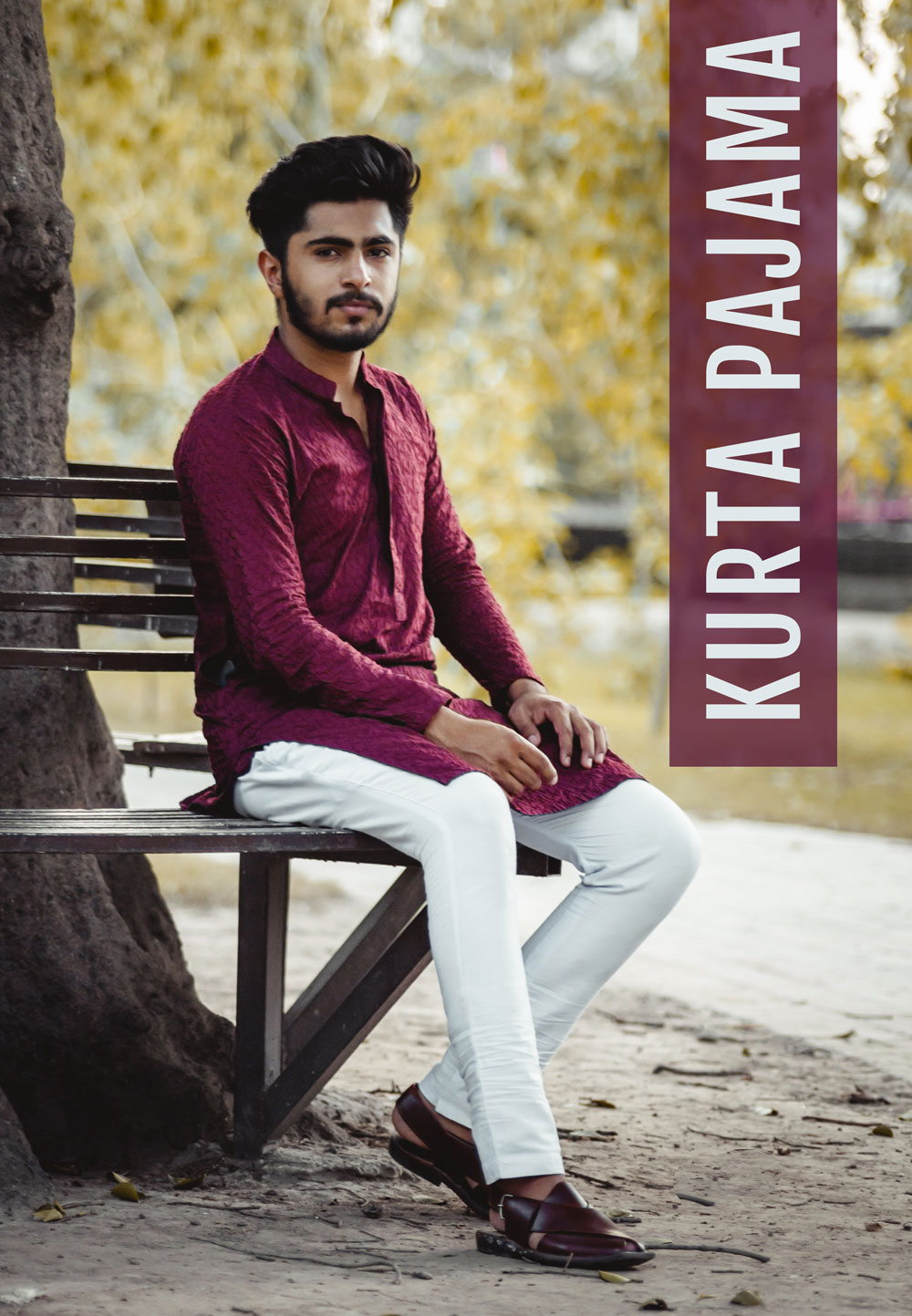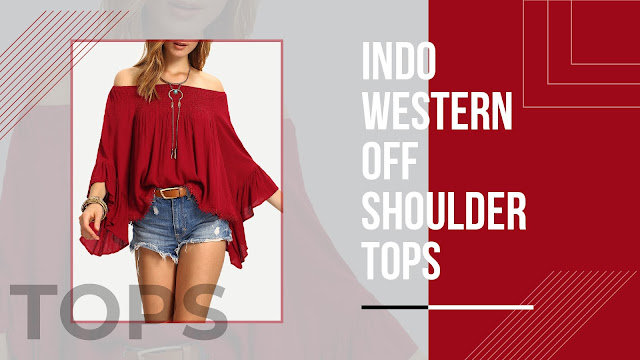Top 7 embroidery types on Punjabi suits online
Punjabi suits are the traditional attire of Punjabi women as well as women around the world. Punjabi women use Punjabi suits for all occasions, whether they are casual, formal, or special occasions. The kameez (top portion), salwar (bottom part), and chunni/dupatta to wear over the suit are the three pieces of a Punjabi outfit. Punjabi suits are the state's traditional attire. Women like to wear the latest Punjabi suits online.
This article will tell you about the various designs and embroidery work in which a Punjabi suit is designed.
1. Exquisite Zardozi: Embroidery is highly important in self-designed clothes since it gives each piece of fabric a distinctive look. Zardozi stitching is a type of embroidery that is carved with golden and silver thread and various colours of pearls and beads on a cloth of your choice. As you can see in the photo, this embroidery looks well on a broad U-shape neck or with many patches all over the fabric.
2. Mix and match embroidery: The combination of two types of embroidery results in a more appealing pattern for any outfit. You can combine until and aari, aari and zardozi, or aari and zardozi, depending on your preferences. The embroidery patterns in zari and aari are more appealing. For a heavy dress design for weddings, carve this kind on the border of the kameez, arms, and four borders of the dupatta. Tulips and lotuses with leaves are quite popular for this style of floral.
3. Unique prints: When neither embroidery nor a solid plain cloth is desired, this style is ideal. Coloured prints are carved onto fabric in self-print fabric utilising light and dark tones of the same hue, which are hardly visible to the naked eye. Patterns can be seen in the shadows or the sunlight. This is a highly unusual and popular cloth style.
4. Kashmiri Tilla: Tilla embroidery can be traced back to Kashmir. Silver and golden thread are used to craft it. Chain stitch or satin stitch are the stitches used in tilla needlework. As you can see below, this embroidery has a high shinny aspect on the fabric. You may make it look like flowers by putting a jail (net) pattern on the plain cloth and pairing it with matching salwar and a blouse with bell sleeves.
5. Curvy lacework: This half-circle lace is a new form of lace that complements the design of the dupatta. This lace is primarily gold or silver in hue. Add this lace to the four sides of the dupatta and the lower border of the beautiful shirt. To make it more noticeable, you might use plain and self-printed fabric. Crochet can be used to make this lace shape at home.
6. Traditional gota lace: The classic lace style for dupattas is called Gota Lace. This is a bunch of thin, gleaming golden and silver stripes that are adjacent to each other. On four or two sides, you can combine this lace with a plain dupatta. This lace is used to create the border between the dupatta and the garment. This is spandex-based lace.
7. Edgy cutwork: The cutwork pattern is a beautiful design used for clothes that distinguish the dress from other gowns. The basic characteristic of a cutwork costume is that the edges are not symmetrical. The latest fashion trends include half circle edges on the lower border of the shirt and dupatta. Cutwork can be done on the lower border lines, side slits, sleeve ends, and necklines.
This article will tell you about the various designs and embroidery work in which a Punjabi suit is designed.
1. Exquisite Zardozi: Embroidery is highly important in self-designed clothes since it gives each piece of fabric a distinctive look. Zardozi stitching is a type of embroidery that is carved with golden and silver thread and various colours of pearls and beads on a cloth of your choice. As you can see in the photo, this embroidery looks well on a broad U-shape neck or with many patches all over the fabric.
2. Mix and match embroidery: The combination of two types of embroidery results in a more appealing pattern for any outfit. You can combine until and aari, aari and zardozi, or aari and zardozi, depending on your preferences. The embroidery patterns in zari and aari are more appealing. For a heavy dress design for weddings, carve this kind on the border of the kameez, arms, and four borders of the dupatta. Tulips and lotuses with leaves are quite popular for this style of floral.
3. Unique prints: When neither embroidery nor a solid plain cloth is desired, this style is ideal. Coloured prints are carved onto fabric in self-print fabric utilising light and dark tones of the same hue, which are hardly visible to the naked eye. Patterns can be seen in the shadows or the sunlight. This is a highly unusual and popular cloth style.
4. Kashmiri Tilla: Tilla embroidery can be traced back to Kashmir. Silver and golden thread are used to craft it. Chain stitch or satin stitch are the stitches used in tilla needlework. As you can see below, this embroidery has a high shinny aspect on the fabric. You may make it look like flowers by putting a jail (net) pattern on the plain cloth and pairing it with matching salwar and a blouse with bell sleeves.
5. Curvy lacework: This half-circle lace is a new form of lace that complements the design of the dupatta. This lace is primarily gold or silver in hue. Add this lace to the four sides of the dupatta and the lower border of the beautiful shirt. To make it more noticeable, you might use plain and self-printed fabric. Crochet can be used to make this lace shape at home.
6. Traditional gota lace: The classic lace style for dupattas is called Gota Lace. This is a bunch of thin, gleaming golden and silver stripes that are adjacent to each other. On four or two sides, you can combine this lace with a plain dupatta. This lace is used to create the border between the dupatta and the garment. This is spandex-based lace.
7. Edgy cutwork: The cutwork pattern is a beautiful design used for clothes that distinguish the dress from other gowns. The basic characteristic of a cutwork costume is that the edges are not symmetrical. The latest fashion trends include half circle edges on the lower border of the shirt and dupatta. Cutwork can be done on the lower border lines, side slits, sleeve ends, and necklines.






Comments
Post a Comment